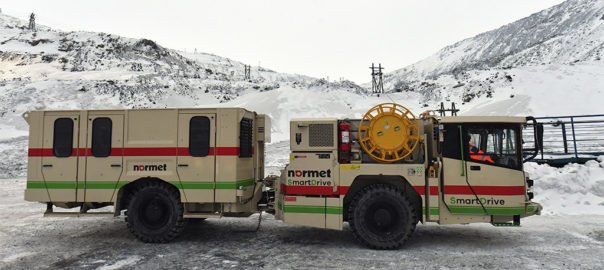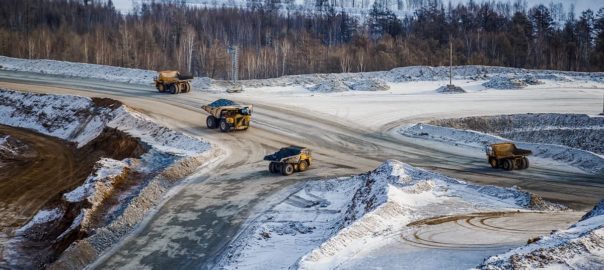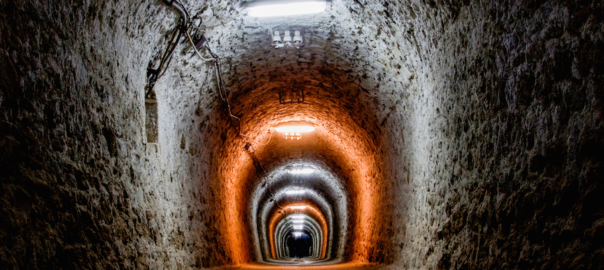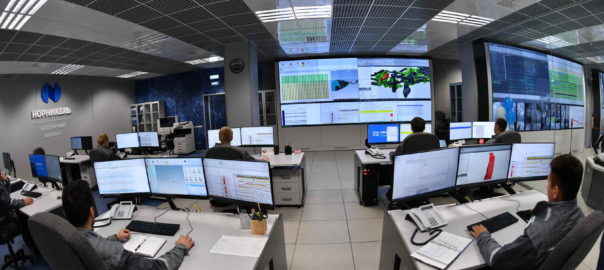Nornickel’s mining fleet modernisation and upgrade program is well and truly underway, with 2022 seeing it become Russia’s first mining and metals company to purchase “unique” battery-electric equipment to be piloted at Zapolyarnaya mine, it says.
Zapolyarny Mine (Medvezhy Ruchey LLC, part of Nornickel Group) received two brand-new battery electric vehicles − a Utimec MF 500 SD transmixer and Utimec MF 205 PER SD personnel transportation vehicle, which were produced and delivered to Norilsk ready for operation by Normet.
The Utimec MF 500 SD is an eco-friendly, efficient, and best-in-class transmixer for underground operations, according to Nornickel. It boasts a high power output and has a maximum speed of 20 km/h. The fully-electric vehicle architecture includes the latest lithium-ion battery technology, fast charging capability,and two high-torque direct drive electric motors. Batteries are charged during downhill driving and deceleration, which further improves the total efficiency of operation.
The Utimec MF 205 PER SD personnel carrier is designed for underground personnel transportation. The fully reversible four wheel drive, with high traction capability and instant torque, ensures safe and steady movement in difficult ground conditions. The new FOPS- and ROPS-approved safety cabin provides superior visibility and comfortable compartment for the driver and the passenger. The battery-electric vehicle can carry 20 passengers plus two people in the operator’s cabin, according to Nornickel.
The battery charge is sufficient for the fully-loaded passenger carrier and transmixer to drive uphill for 10 km and 8 km, respectively. The equipment will be charged at CCS charging stations, with 40 minutes required to fully charge the battery, it said. The vehicles are also fitted out with 40 kW on-board opportunity charging systems. They can also be charged from typical AC-sockets.
The most important advantage of such machines is zero emissions, which is essential in the confined underground space, Nornickel said.
Employees of Finland’s Normet provided classes and training for Zapolyarny Mine staff in the pre-trip check and operation of the battery-electric vehicles, which are now being piloted underground. The pilot tests will take six months to assess the equipment endurance in the harsh Arctic environment, it said.












